G Protein-Coupled Receptors as Drug Targets Analysis of Activation and Constitutive Activity, Volume 24
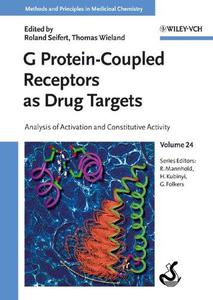
G Protein-Coupled Receptors as Drug Targets: Analysis of Activation and Constitutive Activity, Volume 24 By Raimund Mannhold, Hugo Kubinyi, Gerd Folkers(eds.)
2005 | 295 Pages | ISBN: 3527308199 | PDF | 3 MB
With its particular emphasis on the constitutive activity of G-protein-coupled receptors (GPCRs)s, this book comprehensively discusses an important biological process that has not yet been covered in such depth in any other existing books on GPCRs. The international team of highly distinguished authors addresses in detail current models and concepts, to introduce medicinal chemists, physiologists, pharmacologists, and medical researchers into the advances in the understanding of GPCR activation and constitutive activity. In addition, the book provides an overview on methods of investigating constitutive GPCR activity. The text is well illustrated by selected experimental data and schemes._The chaptes are all cross-referenced with each other and cover general mechnisms, methodological approaches and cover selected important GPCR sysstems, the consequences for drug action, including, side effects, and rational drug design for GPCR targets. A highly recommended reference for researchers in academia and industry. authors addresses in detail current models and concepts, so as to introduce pharmaceutical chemists, physiologists and medical researchers to the advances in the understanding of GPCR activation and constitutive activity, and provides an overview of the methods of investigating GPCR activity. The text is backed by abundant case studies and methodological advice for analyzing GPCRs, covering selected pharmacologically relevant GPCR systems, the consequences for drug action, including unwanted side effects, and rational drug design for GPCR targets. A highly practical reference for researchers in academia and industry.Content: Chapter 1 Historical Background and Introduction (pages 1-10): Richard A. Bond and Robert J. LefkowitzChapter 2 The Nature of Constitutive Activity and Inverse Agonism (pages 11-26): Terry KenakinChapter 3 Molecular Mechanisms of GPCR Activation (pages 27-42): Soren G. F. Rasmussen and Ulrik GetherChapter 4 Molecular and Cellular Determinants of GPCR Splice Variant Constitutive Activity (pages 43-54): Joel Bockaert, Sylvie Claeysen, Lara Joubert, Laurent Fagni and Aline DumuisChapter 5 Naturally Occurring Constitutively Active Receptors: Physiological and Pharmacological Implications (pages 55-61): Alan S. Kopin and Martin BeinbornChapter 6 The Impact of G Proteins on Constitutive GPCR Activity (pages 63-70): Graeme MilliganChapter 7 (Patho)physiological and Therapeutic Relevance of Constitutive Activity and Inverse Agonism at G Protein?Coupled Receptors (pages 71-80): Lutz HeinChapter 8 Methodological Approaches (pages 81-120): Prof. Thomas Wieland and Prof. Roland SeifertChapter 9 Constitutive Activity of ??Adrenoceptors: Analysis in Membrane Systems (pages 121-140): Prof. Roland SeifertChapter 10 Constitutive Activity of ??Adrenoceptors: Analysis by Physiological Methods (pages 141-157): Ursula Ravens, Clive J. Lewis and Sian E. HardingChapter 11 Constitutive Activity at the ?1?Adrenoceptors: Past and Future Implications (pages 159-176): Susanna Cotecchia, Francesca Fanelli, Alexander Scheer and Tommaso CostaChapter 12 Constitutive Activity of Muscarinic Acetylcholine Receptors: Implications for Receptor Activation and Physiological Relevance (pages 177-193): Ethan S. Burstein and Tracy A. SpaldingChapter 13 Constitutively Active Histamine Receptors (pages 195-222): Remko A. Bakker and Rob LeursChapter 14 Constitutively Active Serotonin Receptors (pages 223-241): Katharine Herrick?DavisChapter 15 Virally Encoded Constitutively Active Chemokine Receptors (pages 243-264): Barbara Moepps and Peter Gierschik


![S.T.A.L.K.E.R. 2 / STALKER 2: Heart of Chornobyl - Ultimate Edition (2024) [+UPDATE 23.12.2024 - v1.1.3] ElAmigos / Polska wersja językowa](https://i.postimg.cc/Zqd8RWGY/UZG8PBE.jpg)



































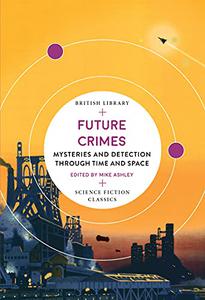
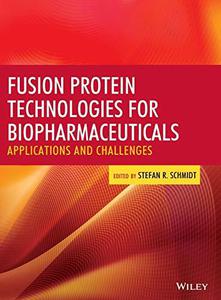
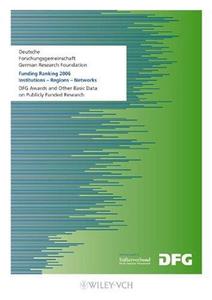
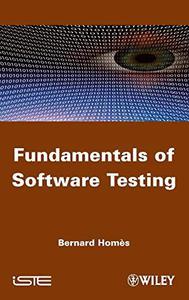
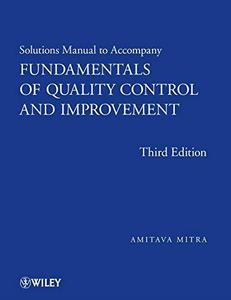

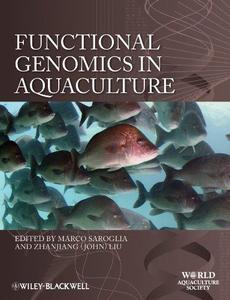
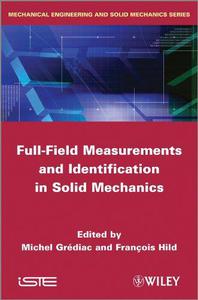








![David Gilmour - Luck and Strange (2024) [FLAC]](https://i.imgur.com/everaBc.jpeg)
![Męskie Granie Orkiestra - Męskie Granie 2024 (2024) [FLAC]](https://i.imgur.com/FAyOxrM.jpeg)
![The Rolling Stones - Hackney Diamonds (2023) [FLAC]](https://i.imgur.com/wCkyyUN.jpg)
![Lady Gaga - Harlequin (2024) [FLAC]](https://i.imgur.com/dcgIA8D.jpeg)
![Natalia Kukulska - Dobrostan (2024) [FLAC]](https://i.imgur.com/bdljG3O.jpeg)
![Kaśka Sochacka - Ta druga (2024) [FLAC]](https://i.imgur.com/hORQKvn.jpeg)
![Kuba Sienkiewicz - Pani Bóg (2024) [FLAC]](https://i.imgur.com/qijCx8Z.jpeg)
![Lanberry - Heca (2024) [FLAC]](https://i.imgur.com/8P7QfeR.jpeg)
![Sara James - PLAYHOUSE (2024) [FLAC]](https://i.imgur.com/m4f8OKg.jpeg)
![Grzegorz Hyży - EPILOG (2024) [FLAC]](https://i.imgur.com/8DA2sBr.jpeg)
![Myslovitz - WIECZORAMI CHŁOPCY WYCHODZĄ NA ULICE (2024) [FLAC]](https://i.imgur.com/l9mMtIG.jpeg)
![Krzysztof Zalewski - ZGŁOWY (2024) [FLAC]](https://i.imgur.com/vh48RAc.jpeg)
![Krzysztof Cugowski - Wiek to tylko liczba (2024) [FLAC]](https://i.imgur.com/SBzgqe2.jpeg)
![Nosowska - Kasia i Błażej (2024) [FLAC]](https://i.imgur.com/mObvVXQ.jpeg)
![sanah - Pianinkowe Kaprysy (2024) [FLAC]](https://i.imgur.com/pVjjPAa.jpeg)
![Kwiat Jabłoni - Pokaz slajdów (2023) [FLAC]](https://i.imgur.com/diERHfZ.jpg)
![Robert Cichy - Spacer po Warszawie (2024) [FLAC]](https://i.imgur.com/ixleU9o.jpeg)
![Viki Gabor - Terminal 3 (2024) [FLAC]](https://i.imgur.com/Q1KCnDs.jpeg)
![Sanah - Kaprysy (2024) [FLAC]](https://i.imgur.com/71OZm4h.jpeg)
![Męskie Granie Orkiestra - Męskie Granie 2023 (2023) [FLAC]](https://i.imgur.com/U4YHo8d.jpg)




